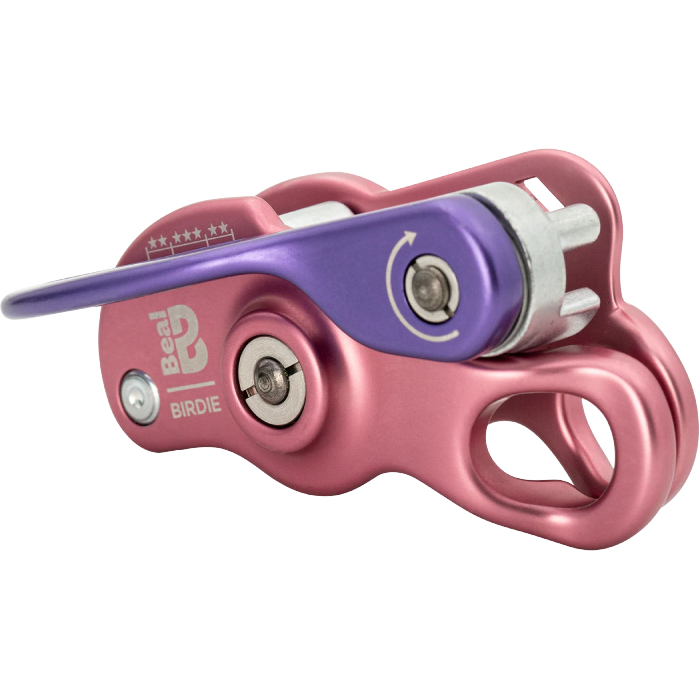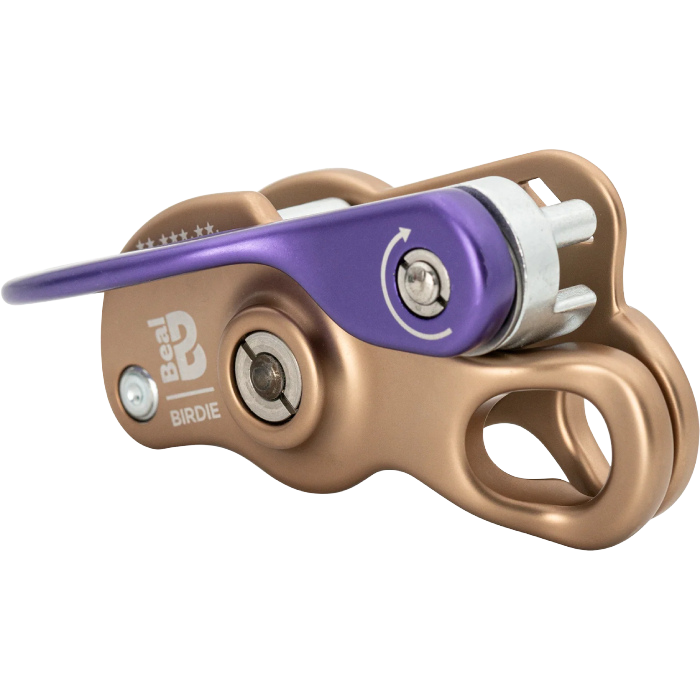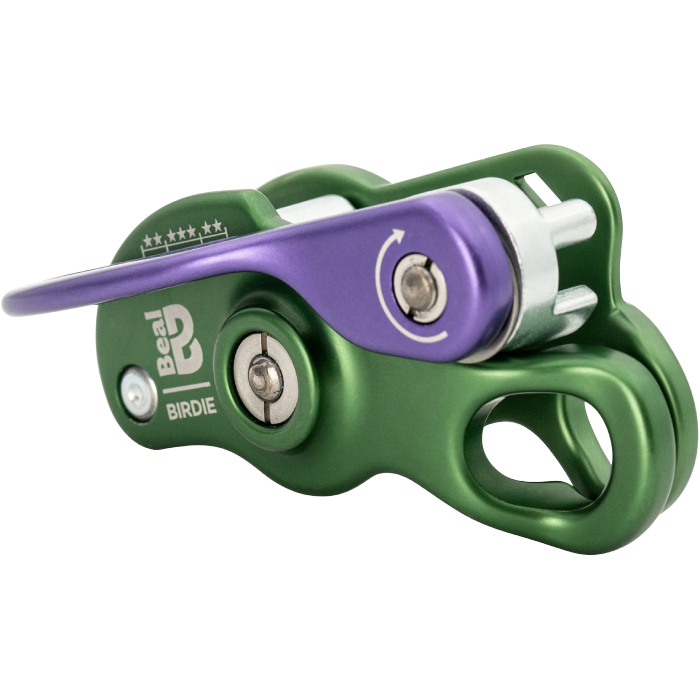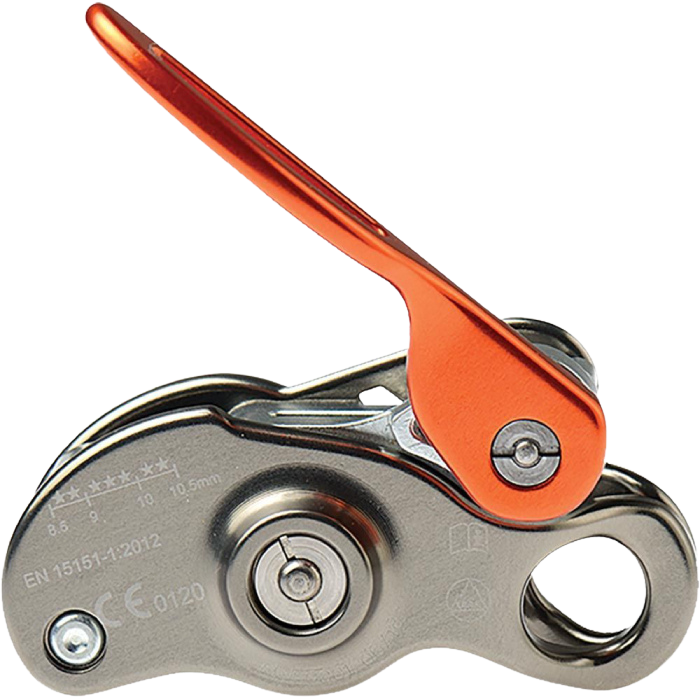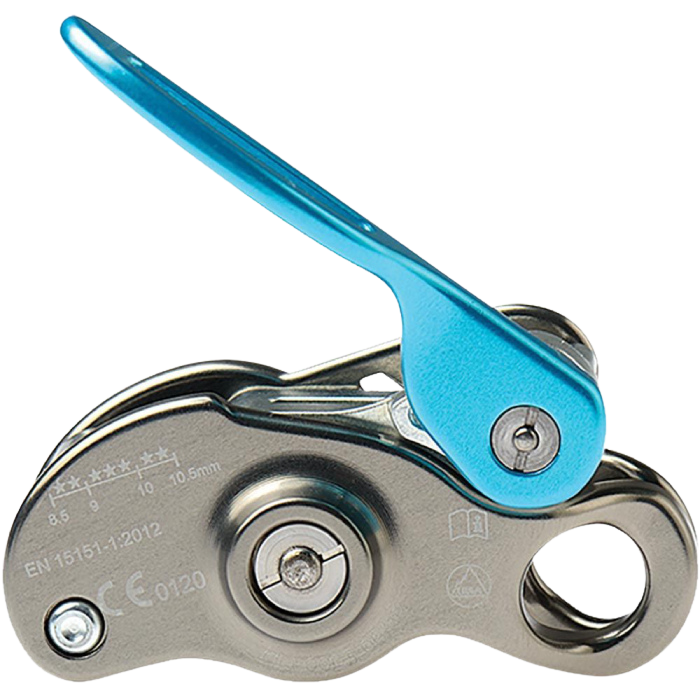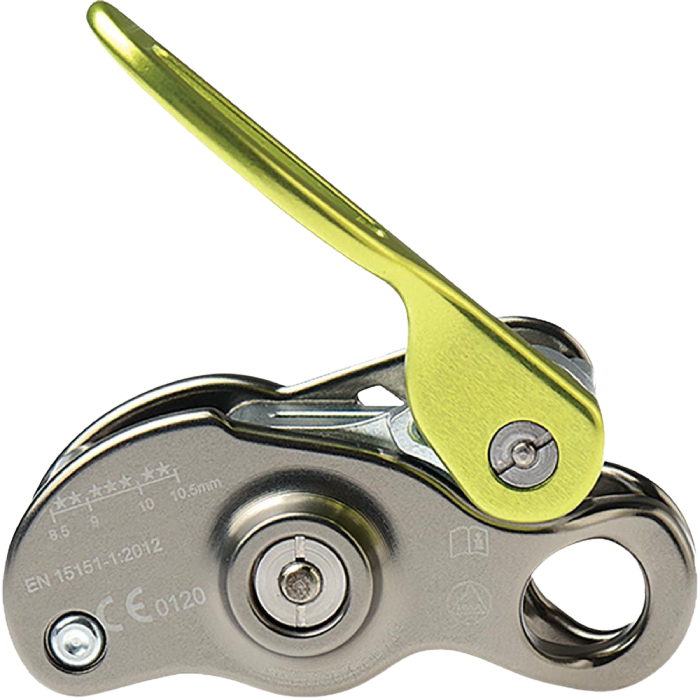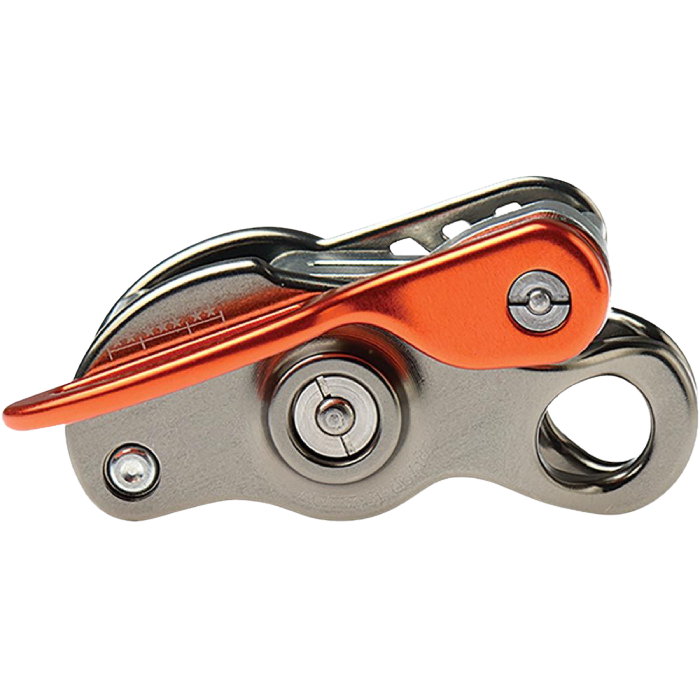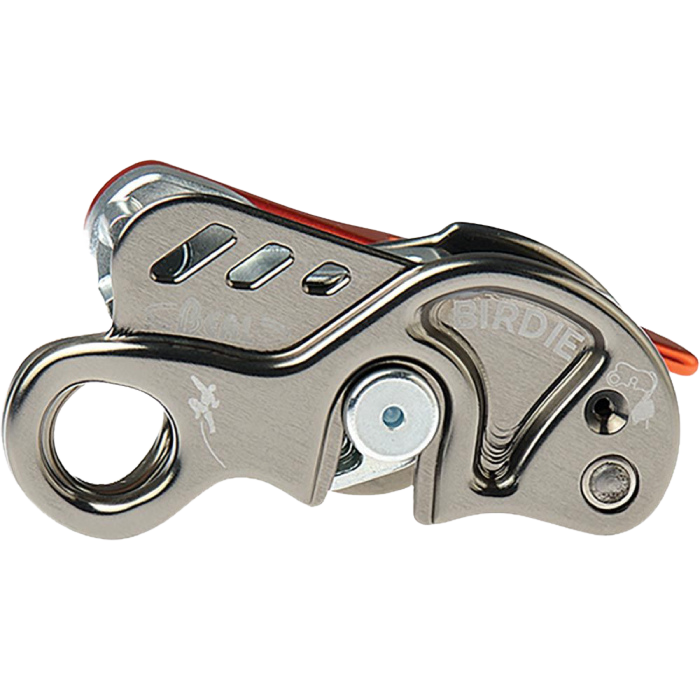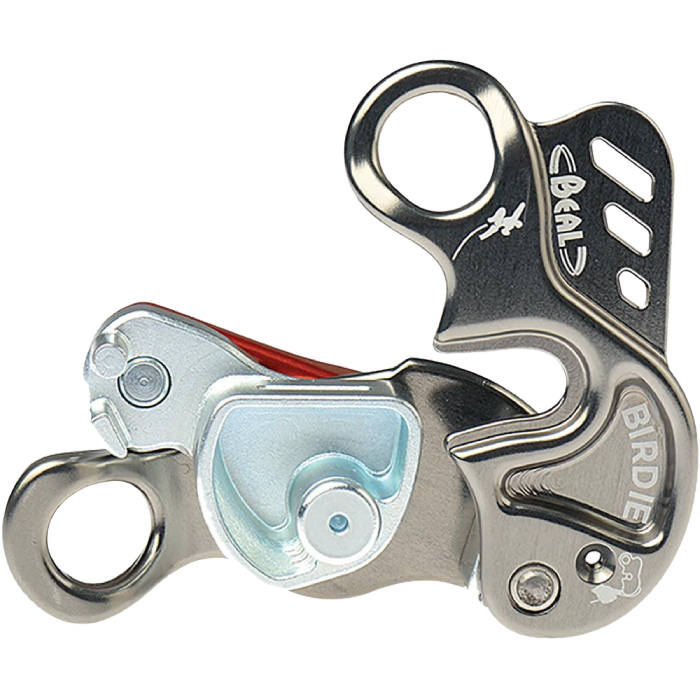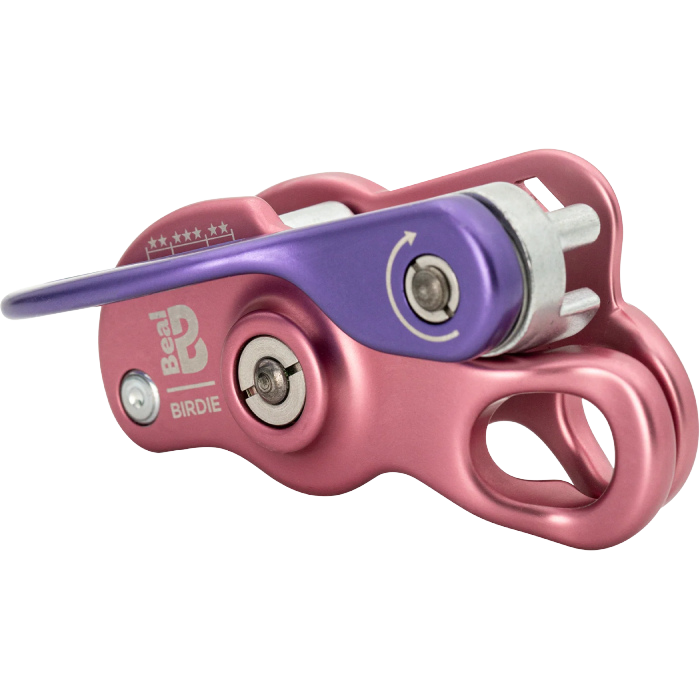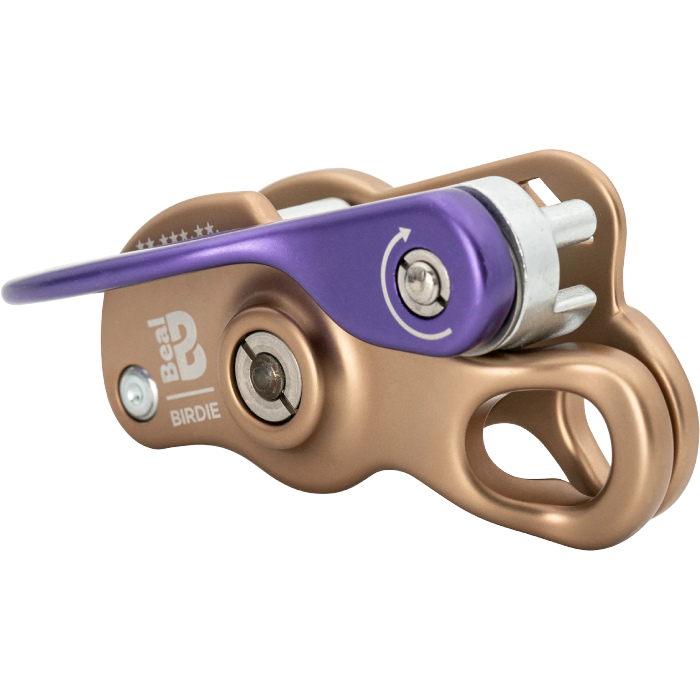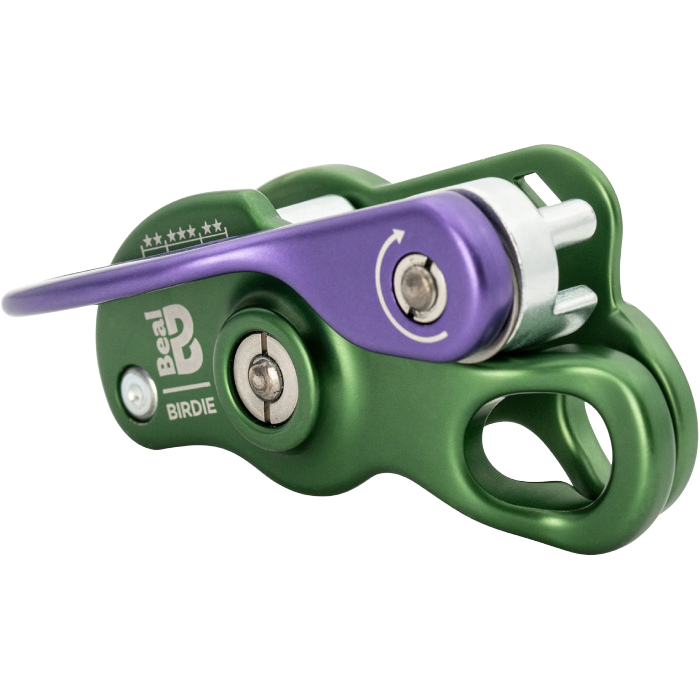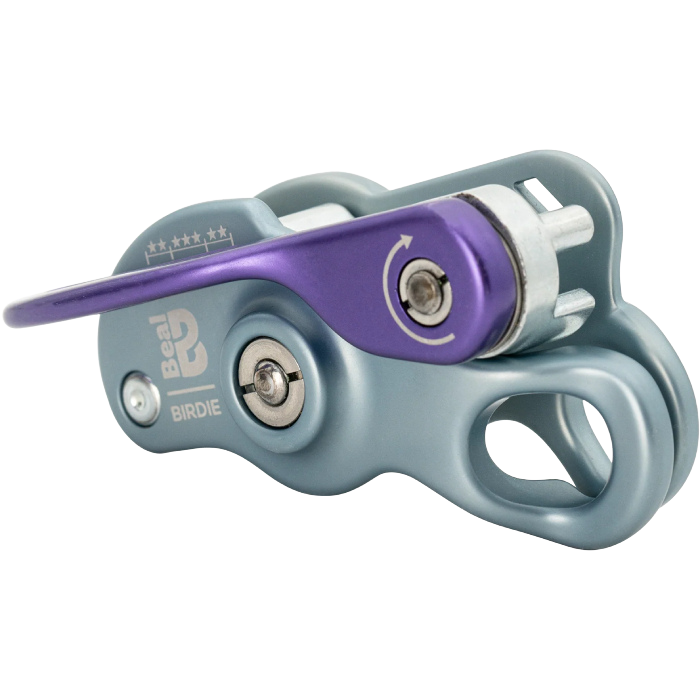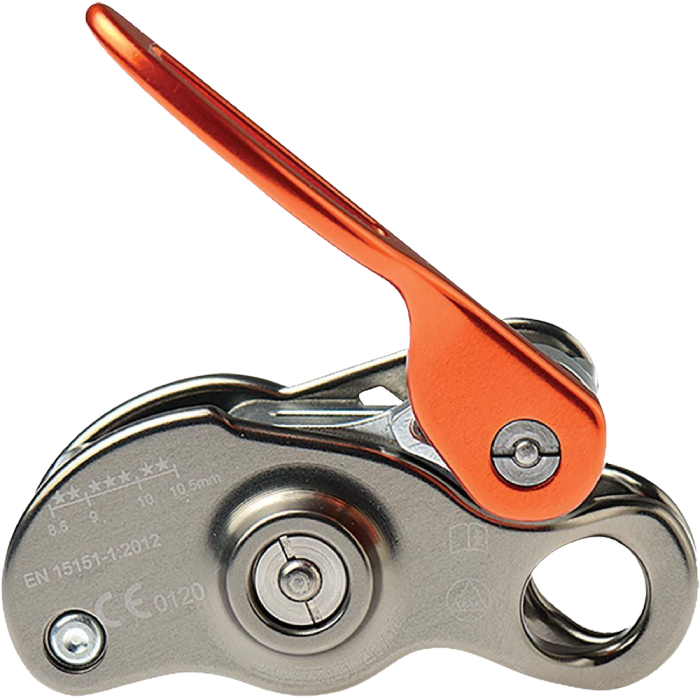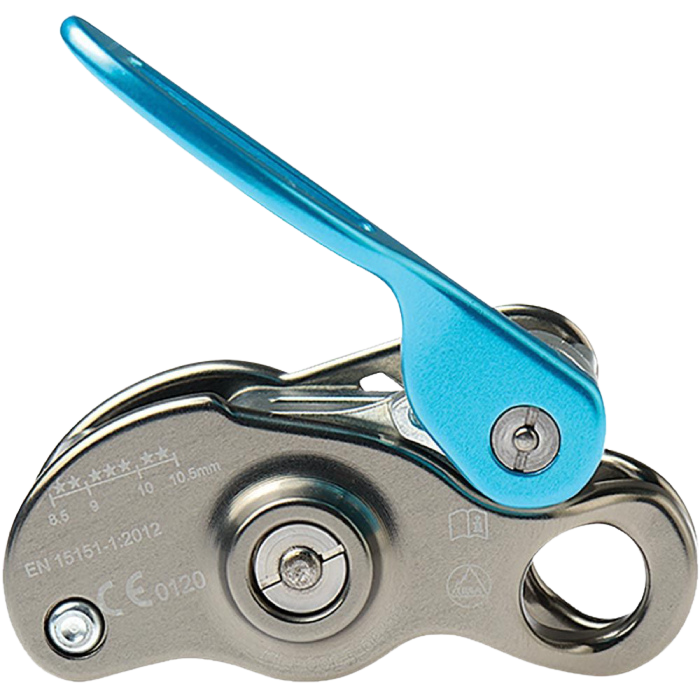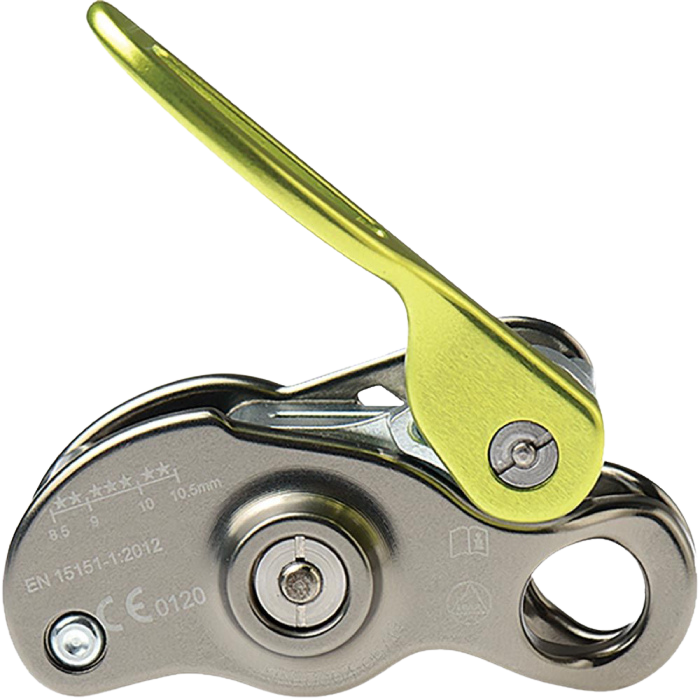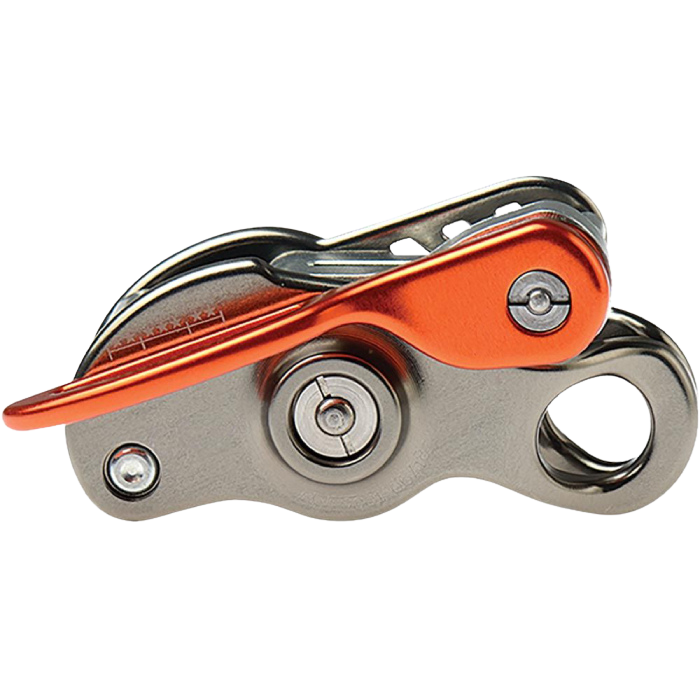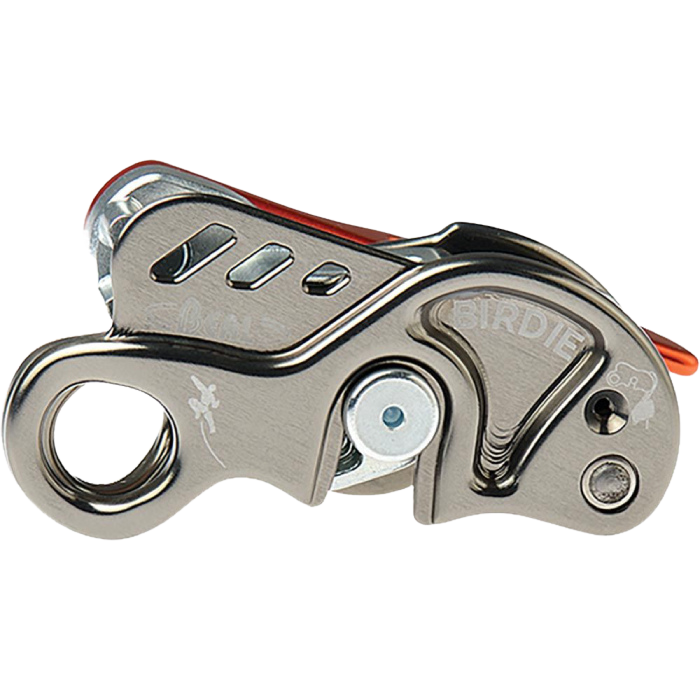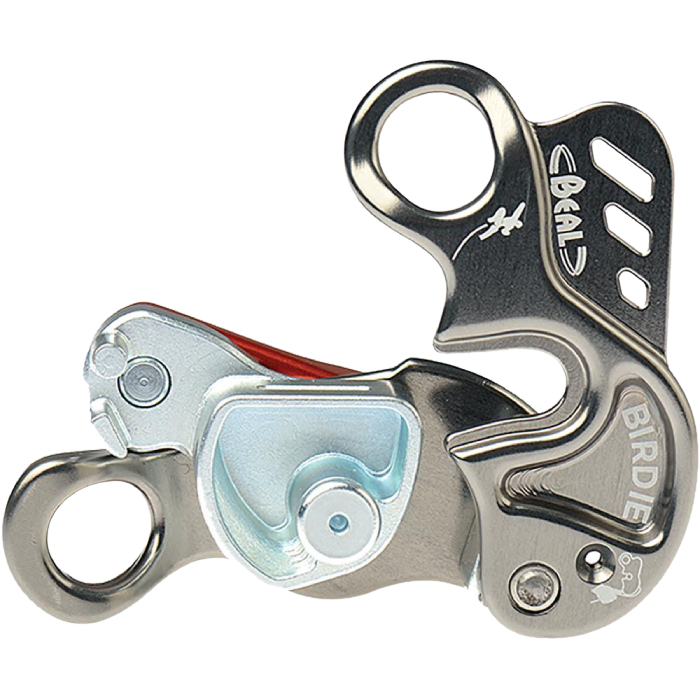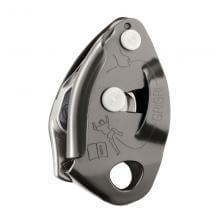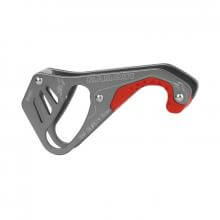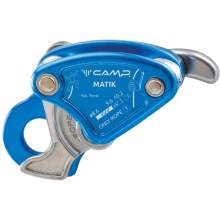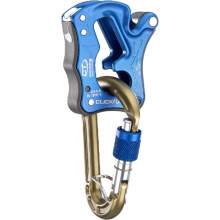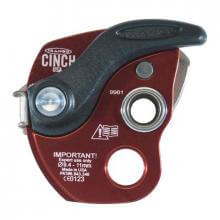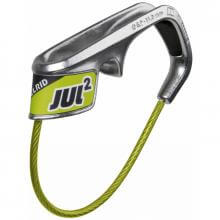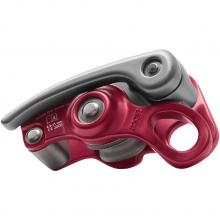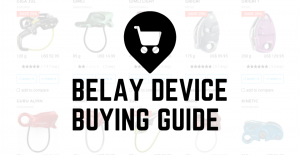Birdie
Description
Compact belay device with assisted braking for lead climbing or top rope. All metal construction, with cam and friction components in stainless steel for great durability. The rope exits following the device’s axis to avoid twisting. The BIRDIE can be used with all dynamic single ropes from 8.5mm to 11mm.
Retail price
This Product is Hard to Find.
We don’t know where you can buy this item online in the US. We’ll continue to check all the major retailers and will update this page as soon as we find one.
If you know where to find this online in the US, let us know, and we’ll add the link.

Device Type  Device TypeTubeThe most commonly used belay type also called an “ATC” or “tuber.” Other than a distinction between other belay device types, “Tube” is a rarely used term, most climbers just assume you're talking about this style when they refer to your "belay device." 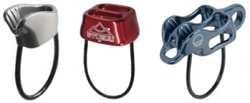
Figure 8Mostly used in rescue, canyoneering, tactical, work safety, or by old school climbers and rappellers. One reason they went out of popularity with recreational climbers is because they tend to create twists in the rope. 
Brake AssistThese devices assist in stopping the rope when a climber falls or hangs on the rope. 
Often referred to as “auto-blocking” but that’s not the official terminology because no belay device should be assumed to work automatically by itself, even if it feels like it does (or does most the time). PlateWhen simplicity is a must, or you started climbing before Tubers were the norm. Bonus: They tend to be very light weight. 
DescenderFor rappelling, not for belaying a lead climber or top-roping. 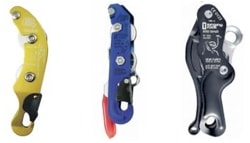 |
Brake Assist - Mechanical |
Weight (g)  Weight (g)In grams, the weight, as stated by the manufacturer/brand. |
210 g |
Belay Brake Assist  Belay Brake AssistThis is when the belay device significantly reduces the amount of holding power the belayer must exert to stop a fall and hold a climber. This is also called "assisted-braking" as the device must hold a significant amount of the climber’s weight; this term does not include friction-adding "teeth" found on some tube style belay devices. Confusingly referred to as “auto-blocking” or “auto-locking” these terms wrongly imply the device will always, automatically, stop a fall or hold a climber even if the belayer/rappeller is hands-free. These devices are not meant to be used without a hand on the braking side of the rope; the belayers/rapppeller brake hand should always be on the brake rope. Worth ConsideringMost of the mechanical brake assist devices only hold a single strand of rope and are not capable of double-strand rappelling (the most common method of rappel). |
Yes |
| Rope Options | 1 rope only |
Guide Mode  Guide ModeThis is when you belay directly off the anchor instead of your harness. Guide mode is helpful if you climb outdoors a lot because it reduces the holding power required from the belayer. When your partner falls or rests, the weight of the climber is held mostly by the anchor and the belay device. Tubers and PlatesWhen belaying in "guide mode," the tubers and plates turn auto-blocking. During a fall, the climbing rope pinches the slack rope, completely stopping the movement of either rope. A common guide mode setup shown below. 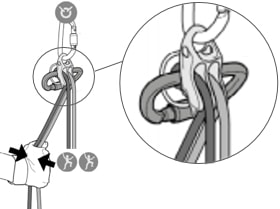
Mechanical Brake Assist DevicesThere is no difference in the functionality of the device. A brake-hand should always be on the rope to ensure the climber is caught in the case of a fall. A common guide mode setup shown below. 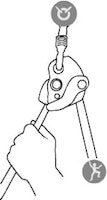
Where guide mode is used
Learn Morehttp://www.climbing.com/skill/essential-skills-auto-blocking-belay-devices/ |
1 follower only |
Teeth  TeethTeeth are only seen on tube devices. They add friction that helps grip the rope for more belaying control. This is helpful for belaying heavier climbers. Teeth are becoming standard on new tube devices. 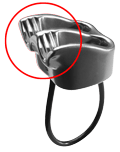
Worth ConsideringTeeth do wear out. You can limit wear by rappelling on the side without teeth (if you don’t need the extra friction). Once they’re worn, you’ll still have a usable belay device, just less friction. |
No |
Rope Range (mm)  Rope Range (mm)The range of rope diameters, in millimeters, that the manufacturer/brand specifies can safely be used. This is the best case scenario and does not necessarily take into consideration that certified ropes have a tolerance of +/- .3 mm. Recently, manufacturers have started to add an "optimized" rope range -- this is the range that will result in the nicest handling of the belay device. | 8.5 mm - 11.0 mm |
Certification  CertificationsThe main climbing gear certifications are CE and UIAA--and normally the UIAA creates the rules that the CE body also supports. When possible, we try to list all the certifications the product carries. To sell a climbing product in Europe, the device must be CE certified. There are no official requirements to sell climbing gear in the US. The UIAA certification is a voluntary process. Learn MoreRock and Ice Certifications Guide |
EN, UIAA |
Better than a grigri
by nvorel on 04/2/2020Makes the gri- gri look cheap and outdated.
by anonymous on 09/20/2019When you have to overcome the camming device to feed out several arm lengths of slack quickly, you press on the camming unit with your thumb. I found myself wishing there was some sort of finger catch on the side of the device for my index finger, so that I could more easily maintain my grip on the brake strand with a couple fingers and also apply apply counter pressure to steady my hand. Since there isn’t such a feature, the Birdie requires a bit more dexterity than other devices, but it was something I adapted to quickly enough.
Do you have that one partner who continues to cling to their tube-style device because belay-assist devices are “too expensive”? That excuse is out the window with the sleek, fast-feeding, price-point Birdie (reviewed in issue No. 371). I’ve been battering mine for months. At 7.4 oz, it’s a little heavier than the Grigri, but the all-metal Birdie hasn’t worn out, and continues to feed and take in rope as ably as on day one. (The Birdie works with cords from 8.5 to 10.5mm.)The Birdie has a reaassuring heft in the hand and an extended lowering lever whose only ding is that it can heat up on long, single-rope rappels.
The first thing that caught my eye with Beal’s new assisted-braking belay device was its steampunk aesthetic: The Birdie is all stainless steel, with a gleaming silver body and colored handle. It just looks cool. Weighing 7.4 ounces, the Birdie is 1.2 ounces heavier than its main competitor, the Petzl Grigri; however, the Birdie costs $34.95 less. Both devices use an internal cam to assist with braking and have a similarly positioned lowering handle—if you’re fluent at one, you’ll be good with the other. I tested while cragging and up on multi-pitch routes. The Birdie feeds slack super well, catches falls perfectly, and gives a smooth lower, with minimal kinking or jerking. I also appreciated how nicely the rope stayed in its channel even under high-torque situations, as well as the metallic heft of the lowering handle. One note: On single-rope or simul-rappels, descending can be a little jerky/slow and there’s potential for the metal handle to get hot as heat translates from the body—bring gloves. The Birdie has a rope range of 8.5 to 10.5 mm.

